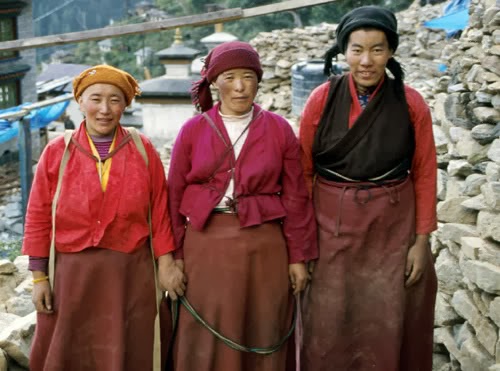Walking down the roads of Berlin you come across people from all over the world and listen to so many different languages. One of the things among these that you will notice is Turkish women wearing the hijab. I have always just noticed that and walked on without another thought. But recently I have been wondering why is it that certain societies have taken to turbans and hijabs while others have not. I tried to search around in the internet trying to find an answer to my question but came up with only with the different types of head-dresses in existence (and extinct) some of which I had never heard of before. So I put my grey cells into action and came up with a very satisfactory explanation for this phenomena.
According to my theory, head-dresses, especially the turban and hijab are closely associated with the traditional geographical location of the society or community. If you take a closer look at the geographical origins of people who wear turbans and hijabs, you will notice that they almost always originate from arid regions of the planet. It is people from Afghanistan, Saudi Arabia, Iran, Iraq, Saharan and sub-saharan Africa, Punjab, and such other arid places who have taken to these kinds of head-dresses.
Coming from an arid region where the availability of water is limited, if not scarce, bathing too often is a luxury they could not afford. The region being arid also meant that there was always dust and sand being blown about by the wind. In such an environment keeping long hair open would only make them dirty, thus requiring frequent washing. To reduce the necessity for frequent baths in a region with limited water supply, it was a very natural move to cover one's hair. Since women generally have longer hair than men, it becomes more necessary for them to keep their hair covered in such conditions. The covering of the hair, thus originated as a response to the environment, which has, over the years been assimilated into the culture of the people originating from these arid areas. Over years, the turban and hijab became a part of the identity of the respective communities and societies.
I will refrain from providing empirical data sets and statistics, as I believe they just complicate and narrow our perception of the issue at hand, and it is the broader picture that we need to keep in mind. I am not saying that my theory has no holes in it, just that I have not been able to notice any so far. I would be really glad to know your opinion regarding this and whether you have any alternative theories to suggest.
[Photos: courtesy the internet]






















